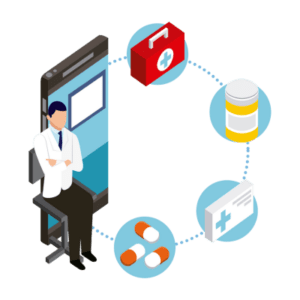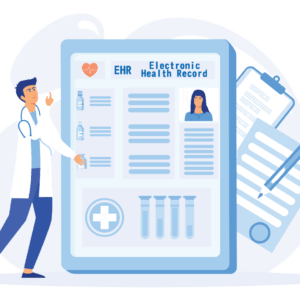Healthcare professionals are busier than ever, and while EMR systems have streamlined many processes, they’ve also brought a new challenge: data entry fatigue. If you’re a doctor or nurse, you know what it’s like to spend hours clicking through forms and documenting patient details. It’s draining, and over time, this repetitive task can contribute to burnout. But here’s the good news: platforms like Calvin EMR are making data entry less of a burden and more efficient.
Why Data Entry Leads to Burnout
Data entry fatigue is more than just an inconvenience; it’s a major factor behind stress and burnout among healthcare providers. Studies show that doctors can spend up to half of their workday interacting with an EMR system. That’s time taken away from seeing patients and practicing medicine—the main reason most providers choose this career.
So, why is this happening? The constant need to input patient information, update records, and navigate complicated systems can be overwhelming. It often turns highly skilled medical professionals into data-entry clerks, leading to longer work hours, increased frustration, and job dissatisfaction.
What Burnout Looks Like in Healthcare
Burnout isn’t just about feeling tired. In healthcare, it often shows up as:
- Emotional exhaustion: Persistent fatigue that makes it hard to stay motivated.
- Lower quality of care: Diminished attention and reduced effectiveness in patient treatment.
- Detachment from work: A sense of disconnection from the job and patients.
These issues can impact not only the well-being of healthcare professionals but also patient care and overall healthcare system efficiency. Data entry fatigue feeds into this cycle, making it a problem that needs addressing.
How Calvin EMR Helps Reduce Data Entry Fatigue
Data entry fatigue is a challenge that healthcare professionals face daily, contributing to burnout and impacting patient care. But it doesn’t have to stay that way. Calvin EMR is designed to change the game, focusing on user-friendly, seamless documentation that cuts down on repetitive tasks. With features that simplify data capture and automate routine processes, Calvin EMR helps providers reclaim valuable time and energy. This means less stress for doctors and nurses and more genuine, focused interactions with their patients—resulting in better care for all.
. . .
Calvin EMR is an intuitive, customizable electronic medical record system designed to streamline healthcare workflows, improve accuracy, and enhance patient care without compromising personal connection. Contact us today to explore how Calvin EMR can improve your practice.



![[CF] G1-4Oct2024 (3)](https://calvinemr.com/wp-content/uploads/2024/10/CF-G1-4Oct2024-3-500x281.png 500w, https://calvinemr.com/wp-content/uploads/2024/10/CF-G1-4Oct2024-3-1300x731.png 1300w, https://calvinemr.com/wp-content/uploads/2024/10/CF-G1-4Oct2024-3-1300x731.png 1300w, https://calvinemr.com/wp-content/uploads/2024/10/CF-G1-4Oct2024-3-1910x1074.png 1910w)

